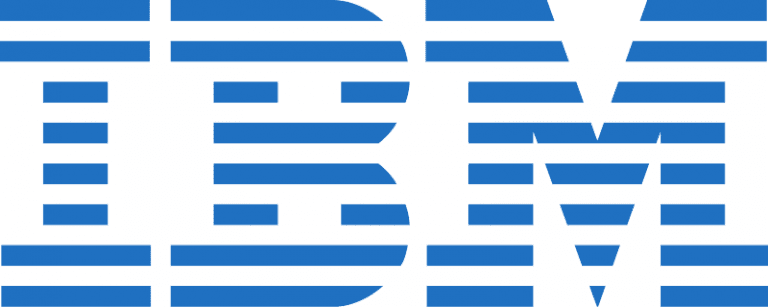
An important prerequisite for an efficient, error-free agreement of the requirements between customer and supplier is the provision in their respective tools. Historically, this has often been IBM DOORS and this has resulted in a (still) very good solution, IBM Exchange Add On’. Whenever both parties use IBM DOORS, this is a proven solution.
More and more often OEM and supplier use different tools for requirements engineering. This is where ReqIF comes in as a standard for requirements exchange. Today, all established requirements management tools support ReqIF and an exchange of requirements is therefore technically possible. A big advantage of ReqIF is that it follows a standard and is supported by most tools free of charge.
However, a complete agreement also includes a mutually coordinated process, which, for example, defines which attributes are transferred with which read and write rights, when baselines are drawn, definition of the status, type of communication (questions, notes, etc.) and the use of suspect links.
There are also different solutions that have advantages and disadvantages depending on the situation and the tools used.
Anyone who uses standardized formats for data exchange is already doing something right. Finally, it is helpful to find a common language when having a conversation. Unfortunately, even today many requirement engineers still see Word, Excel and PDF formats as an export standard. But there is no way to transmit a bunch of attributed requirements from tool A via office documents into the meta structure of tool B. Roundtrips and updates are also very tricky or completely impossible.
For this reason, the ReqIF standard was invented, which has already been implemented in every serious requirements management tool.
IBM DOORS Classic and DOORS Next Generation naturally belong to this club.

The most popular alternative to the native ReqIF implementation is the eXchange add-on from IBM. This DOORS Classic add-on was created at a time before the RIF / ReqIF standard was even specified. Especially those industries that practice requirements management on a very sophisticated level, trust in this piece of software when exchanging requirements. The RIF/ReqIF interface was first introduced in DOORS Client version 9.2. If older versions have to be used in a project, this add-on is the only option for exchanging.
The add-on actually uses a proprietary exchange format. In consequence, both sides needed an installation of this add-on. It is although possible to generate a ReqIF file, but due to switch to ReqIF, some useful functions are no longer available.

Give your team access to more than 25 years of experience in Requirements Engineering with IBM DOORS or DNG